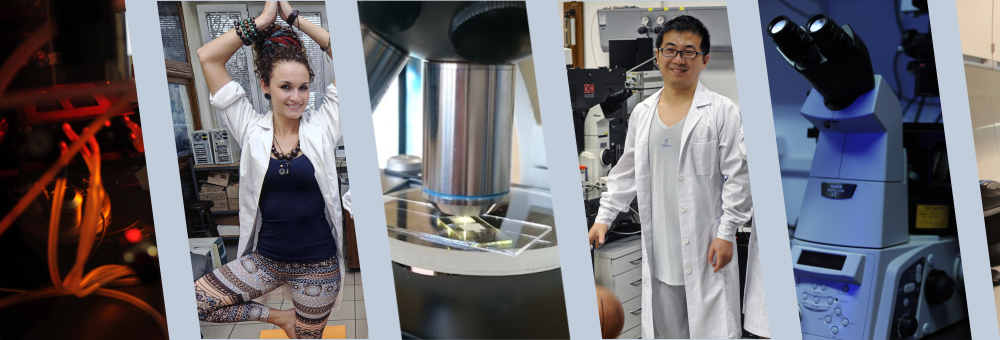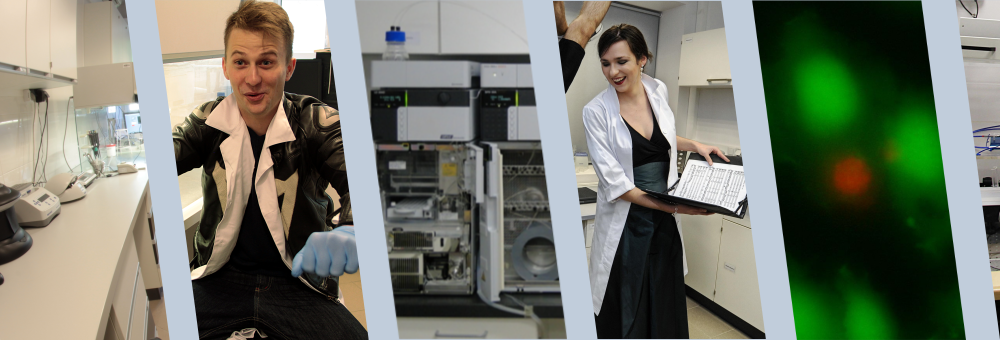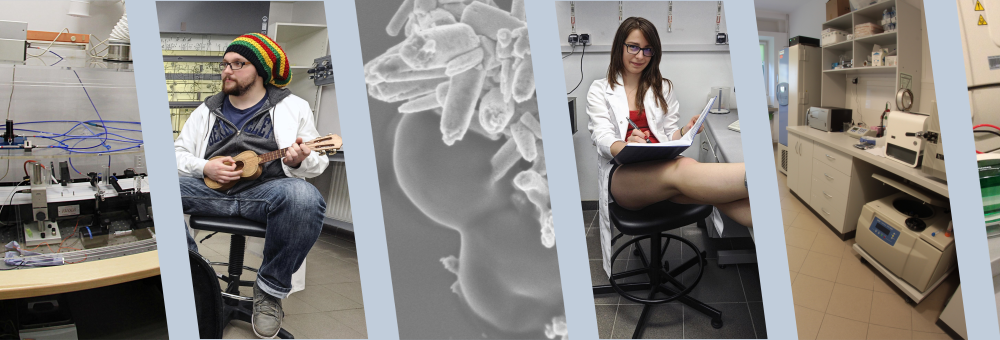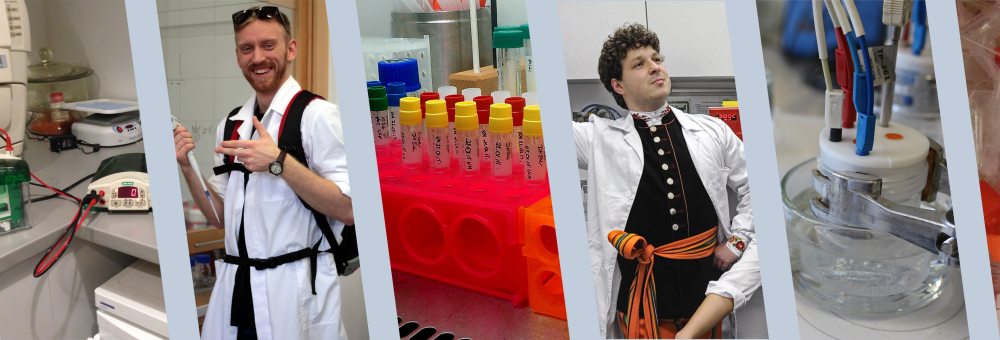Publication
Sterilization of polydimethylsiloxane surface with Chinese herb extract: a new antibiotic mechanism of chlorogenic acid
Author(s): Ren, Song and Wu, Ming and Guo, Jiayu and Zhang, Wang and Liu, Xiaohan Sun, Lili and Holyst, Robert and Hou, Sen and Fang, Yongchun and Feng, Xizeng
Title: Sterilization of polydimethylsiloxane surface with Chinese herb extract: a new antibiotic mechanism of chlorogenic acid
Abstract: Coating of polydimethylsiloxane (PDMS) surface with a traditional herb extract chlorogenic acid (CA) solves the contemporary of sterilization of PDMS surface. The E. coli grows slower and a higher death rate on the CA-coated PDMS surfaces. A smoother of these E. coli cell wall is observed by atomic force (AFM). Unlike the reported mechanism, where CA inhibits growth by damaging the cell membrane in the bulk solution, we the CA-coated PDMS surface also decreases the stiffness of the cell A decrease in the Young's modulus of the cell wall from 3 to 0.8 is reported. Unexpectedly, the CA effect on the swarming ability and biofilm stability of the bacteria can be still observed, even after have been removed from the CA environment, indicating a decrease in resistance to antibiotics for a prolonged time. The CA-coated PDMS shows better antibiotic effect against three types of both and Gran-negative bacteria than the gentamicin-coated PDMS Coating of CA on PDMS surface not only solves the problem of of PDMS surface, but also shines light on the application of Chinese traditional herbs in scientific research.
Journal: SCIENTIFIC REPORTS
Volume: 5
ID: ISI:000355506700002
Year: 2015
DOI: 10.1038/srep10464









